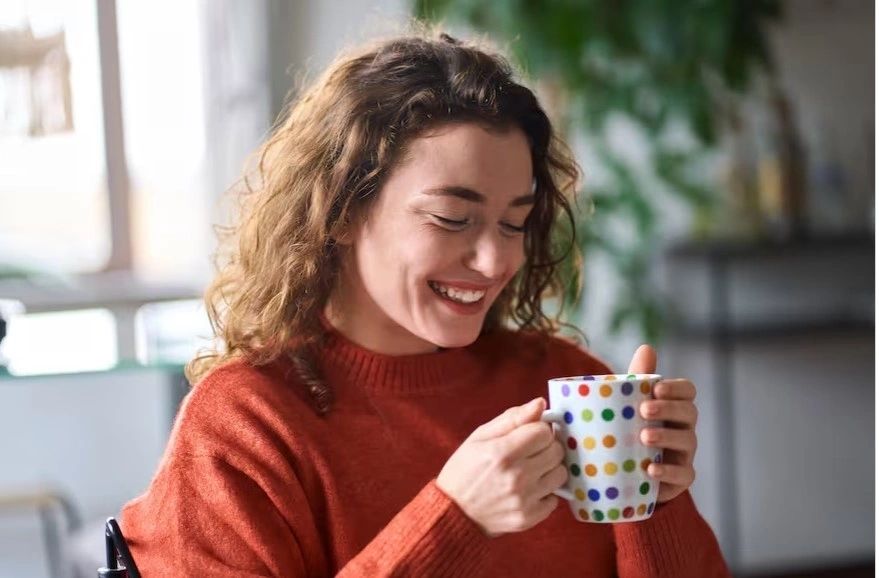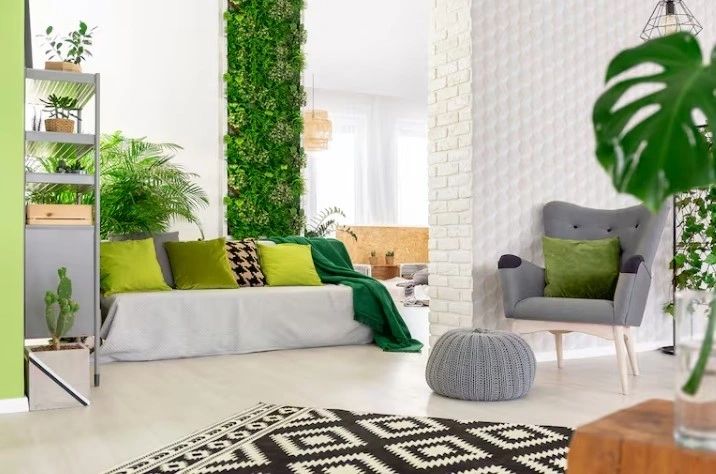BuySellBA
Administrator
Polar wave: some tricks to avoid the cold at home - La Nacion Propiedades

Source:

Ola polar: algunos trucos para evitar el frío en casa
Frente al creciente frío que se instaló en estos días, arquitectos y diseñadores de interiores comparten consejos para mantener el calor dentro de la casa
July 08, 2024
In the face of the increasing cold that has set in these days, architects and interior designers share tips to keep the heat inside the house

Houses: tricks to keep the heat inside the home in winter Shutterstock
Winter has arrived in every home and the temperatures forecast for this week show that the change of season and the cold will not go unnoticed. According to the National Meteorological Service (SMN), a red alert for extreme low temperatures is in effect for some municipalities in the center of Buenos Aires, for the north of La Pampa and the south and center of San Luis .
Faced with this situation, some experts suggest how to cope with the cold and maintain a warm temperature inside the house , with practical advice.
Does decoration help?
“ It is important to absorb heat and maintain it through porous materials,” says interior designer Fátima Bandeira, founder of FA Interiores. She explains that these elements act as air traps: they retain high temperatures and, in this way, function as a good thermal insulator .It is a tool that is used for the structure of walls and ceilings, and the same logic of insulation in the house envelope also applies to decorative materials: “ The more porous they are and the more air cells they have, the warmer the space will be ,” says Bandeira and gives an example: “You turn on a stove and the heat is maintained in the carpets, cushions, curtain fabrics, in the upholstery of chairs , in wooden floors, wallpaper, fabrics, in the walls, etc. The heat is stored there and helps to make the space warmer.”

Carpets, cushions, curtain fabrics, among other decorative elements, are good heat storage devices. Shutterstock
The specialist recalls that, in the past, fireplaces played an important role in heating, but the large tapestries and rugs that once decorated houses also played a role in maintaining the temperature. “Going back to history, in the time of the castles , as there was no heating, all the walls had tapestries to keep the heat in,” explains the designer.
Is it advisable to open the curtains during the day?
In addition to having windows with double hermetic glazing (that are DVH) and PVC or aluminium frames with thermal break, Bandeira suggests using thermal curtains and making good use of blinds to preserve heat during the night: “It is advisable to close them when the sun no longer warms and the day is ending, to maintain the accumulated temperature.”Does the location of the house influence?
Regarding the architecture of the house , experts point out that the solar orientation of the house is essential. “It is essential to achieve maximum comfort and energy efficiency from an early stage. We know that the best orientation is towards the north, since, in this way, the house receives the greatest amount of sunlight during the day ,” says Gabriel Joga, director and architect of Grupo 8.66.In this sense, they explain that they place the common areas of the apartment, such as the living room and kitchen, in the sector that receives the most sunlight, while the less used areas, such as bathrooms and laundry rooms, are located in the shaded parts. In this way, if large windows are placed in the direction of the sun, a lot of natural light and heat will enter those most frequented spaces of the house during the winter. At the same time, it is advisable for the windows on the south side to be smaller, since they will receive less sun and colder wind.
Furthermore, in line with what Bandeira pointed out, they project from the design "the use of high thermal mass materials, such as concrete, brick or stone, in areas that receive direct sunlight, since these materials store heat during the day and release it slowly during the night."

Ideally, the parts of the house that are used the most, such as the living room and kitchen, should face north, because the sun shines strongest from there.
They also explain that the color of the walls plays a role in heat conservation, since, as Grupo 8.66 indicates, “we use light colors indoors to reflect heat and lighting, and darker colors on the surfaces that need to absorb and retain heat.”
What are the areas of the house where the cold escapes the most?
“It is necessary to carefully examine ceilings, walls and floors to ensure efficient thermal insulation and, thus, overcome low temperatures ,” says Federico García Zuñiga, technical consultant at Andima, the National Association of Insulation Materials Industries.The roof is the area of the house through which most of the energy consumption is lost: 40% of the heat escapes through there , as it is the surface most exposed to the outside climate. This is why, “ it is the part of the house where we must redouble our efforts when it comes to thermal insulation ,” explains Andima.

The floors of the house represent 10% of heat loss and it is important to keep them warm, since it is the area closest to the body, especially in children.Shutterstock
Walls are responsible for 30% of heat loss. “They are not normally thermally insulated and the outside temperature is transferred to the interior. For example, in winter, when we touch the walls we notice that they are frozen and we also often see condensation on walls and windows,” the Association adds.
Finally, the floor, the area closest to the body, especially when it comes to children who play and spend more time there, represents 10% of heat loss.
There are specific materials that guarantee efficient thermal insulation for the home: “Glass wool, expanded polystyrene and polyurethane are ideal for preventing heat from escaping from the home in winter,” says Andima and concludes: “With efficient thermal insulation, you can save up to 35% on total energy consumption and up to 70% on electricity and gas bills used to heat a home.”
www.buysellba.com

